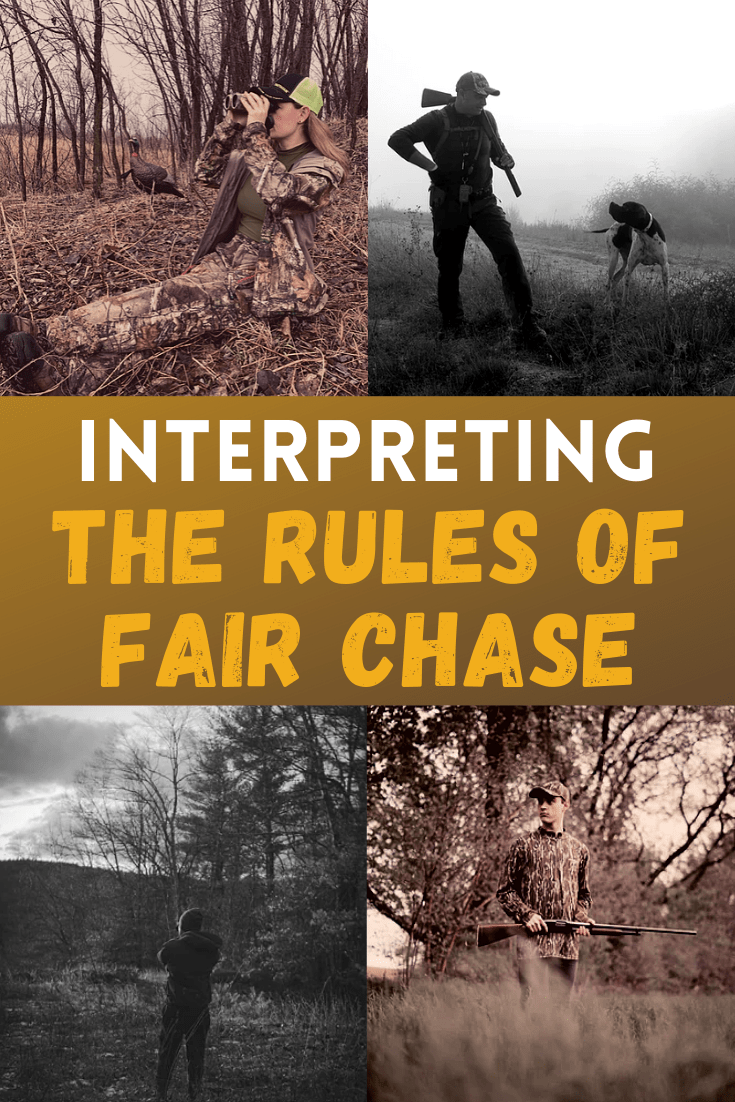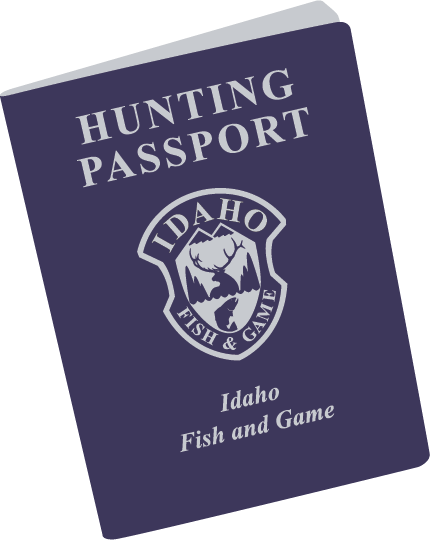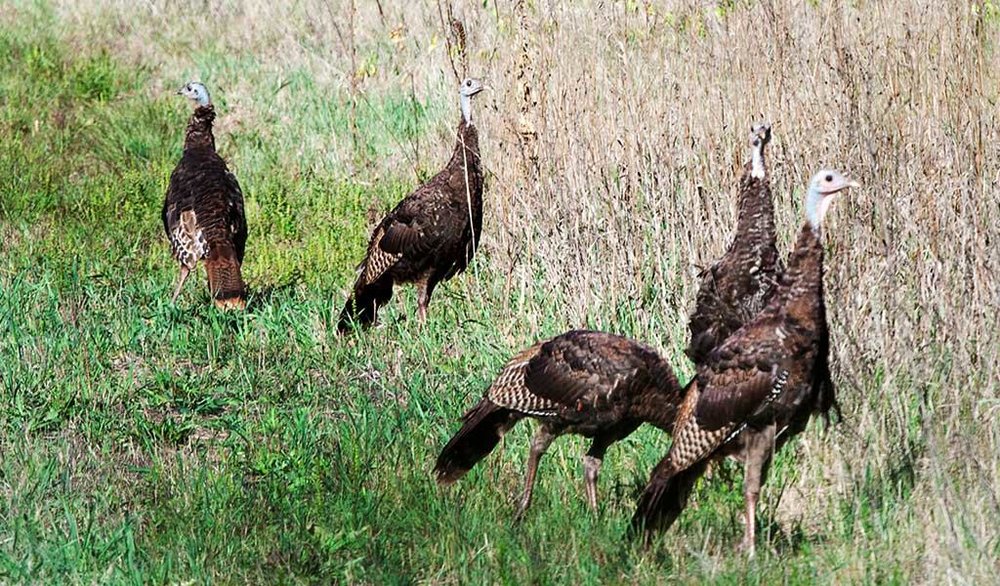
This article explores Southcentral Montana's effects on wolf hunting. We also examine the legalization of wolf hunting in Idaho and the Montana wolf harvest quota. This information will help you understand the state's impacts on wolf hunting as well as the overall health and well-being of the wolf species. Learn more about wolf hunts in Southcentral Montana. Stay tuned for more articles on the topic of Montana wolf hunting.
wolf hunting season in southcentral Montana
In southcentral Montana, the wolf hunting season has begun. Many hunters are waiting to catch this elusive animal. Though there are fewer wolves now than in years past, they are still highly intelligent and elusive. You've probably heard the howling of wolves if you live close to one. But you have never seen it. The law protects wolves in certain areas. In some areas, however, wolves are not allowed on private land.
Except in the Yellowstone district, southcentral Montana has a closed hunting season. There were 82 wolves killed in this region this season. A few more were checked in during the grace period, bringing the total to 88 wolves killed this year. Despite that, the season was not closed until all 82 killed wolves were gone. With more than 80 wolves being killed in the region, it is still possible to locate the elusive animal in your local parks.

Idaho legalizes wolf hunting
Opponents of the legalization of wolf hunting season in Idaho argue that wolves don't have a high impact on livestock numbers and could even steal cattle. Idaho's livestock industry lost 102 sheep and cattle to wolves in the last fiscal year. The state loses around 40,000 cattle each year to non-predator causes. But the state is unsure whether it can reduce the number of wolves.
The U.S. Department of Agriculture estimates that wolves killed 130 Idaho cattle between July 2018 to June 2018. This is the argument behind the bill. The state has about 2.7 million cattle, and this number could easily be higher. Idaho lawmakers have their own definition of "reasonable wolf numbers". The new law would permit hunters to kill up to 90% of the wolves in the state. Opponents say this legislation would cause ranchers to begin culling their own animals.
Montana Wolf population impacts from wolf hunting
A study by the University of Wisconsin-Madison found a decrease in elk and deer crashes when wolves are present. Deer-vehicle accidents can be reduced by wolves as high as 24% Growing wolf populations can also help to thin out Yellowstone National Park's sick elk and create healthier herds. An average of 22 ungulates are killed each year by wolves.
1995 saw the U.S. In 1995, the U.S. Fish and Wildlife Service introduced 31 wolves to Yellowstone National Park. Since that time, intensive research has focused on understanding wolf ecology without the threat of human persecution. This vast ecosystem has been an ideal place for these researches. While it is estimated that 2% to 3% of wolf deaths occur outside Yellowstone, Montana law allows for aggressive wolf hunting outside the park boundaries.

Montana Wolf harvest Quota
Last year, Montana's Fish, Wildlife and Parks Commission created a statewide wolf harvest quota. The 2019 hunting season saw 184 wolves being killed. That's less than 40% of their quota. It is possible that this will change in the near future. The commission might decide to stop the wolf hunting before a certain amount of animals are killed. The commission will not reconsider its decision for this season.
To reduce overharvest, the state's Wolf quota was raised. The commission increased the statewide limit and established individual quotas in each of the seven hunting areas. These quotas will be monitored by the FWP and hunting areas may be closed if they exceed certain thresholds. The regional permits hunters to capture 195 wolves from Region 1, which can be found in northwest Montana.
FAQ
How popular is hunting America?
Hunting is a favorite American pastime. Americans spend more than $8 billion each year on hunting supplies and equipment. On average, hunters spend about $1,000 per year.
Many hunters hunt not as a hobby, but as a way of relaxing. It is estimated that the United States has nearly 50,000,000 hunters. This number includes both men and women.
Hunters come from all walks of life. These hunters can range in age from children to seniors. Some hunters have been doing it since the beginning, while others are just getting started.
Most hunters want to hunt because they love being outdoors. Many hunters feel that this is a great way to connect with nature and experience what it feels like to be free.
Hunting can be an enjoyable social activity. Hunters often go hunting together as a group. These groups may include family members, close friends, colleagues, etc.
Hunting has become a competitive sport. People compete against themselves and other hunters to see how well they can shoot different types of animals.
Hunters can also compete with other states to break the previous record for biggest deer kill. These records are often set by professional hunters.
Can I bring my dog with me?
Most states prohibit dogs from being hunted together with humans. However, there are laws in some states that allow for this practice. You can check with your state's Department of Natural Resources to see if this practice is allowed in your region.
In addition, some hunters do bring their pets along. Some hunters feel that having a pet can help them relax while they hunt. Others believe that a companion helps them avoid getting lost.
However, having a pet can pose problems. Dogs will chase away animals from their hunter. Wild animals can attack the pet.
How many deer hunter there are in the U.S.
The United States has more than 20,000,000 deer hunters. This number includes both professional and recreational hunters.
Why do most hunters in modern America hunt?
Hunting is an activity enjoyed by both men and women. Hunting is an extremely skillful and dedicated sport. However, hunting is not just for those who enjoy guns and shooting. Many people love the outdoors because it is a way to connect with nature. They love spending time in nature, learning about the environment and observing wildlife.
Hunting is an excellent way to spend quality family time, learn valuable skills, such as patience, teamwork, self-reliance, and teamwork.
Hunters often feel that they enjoy the outdoors much more after hunting. Many people are drawn to this hobby.
Many hunters love hunting because they believe it will allow them to be closer to nature. Hunting allows you to experience wildlife at close quarters. It is a way to interact with wild animals in a safe and respectful manner.
Hunting allows people to sharpen their skills and practice their aim. You may not be able to hit the target immediately after you begin. However, practice will help you to develop your shooting style.
Some people also enjoy hunting because it helps them stay fit and healthy. Hunting is an excellent way to keep your body active. Hunting requires you to travel long distances and climb trees in order to catch your prey. This increases your heart rate and burns lots calories.
Hunting is also a great way to get some fresh air. Everyone can relax by the aroma of gunpowder as well as the sounds and chirping of birds.
Hunting is a wonderful way to bond and enjoy your family. Families can tell each other stories about hunting experiences. They can also teach each other new skills and techniques.
Hunting is great fun! There is nothing more enjoyable than taking a trip out into the wilderness and getting away to the city.
There are many opportunities to become a hunter. This hobby is not for the wealthy. There is no special equipment required. All you need is the desire to be outdoors and the willingness to learn.
You can join a local hunting club, or search online for more information.
Is it legal to hunt bears Alaskan?
It is legal to hunt bears within certain areas in Alaska. To capture bears some hunters use traps. Others use dogs to track down bears.
The Alaska Board of Game regulates bear hunting. Hunters must obtain a bear tag before they go out into the woods.
Denali National Park Preserve is a popular spot for bear hunting. Tourists can even go on guided hunts to capture bears.
I don't know where to get a gun. Is it necessary?
To hunt certain species, a gun is required by law.
Most states require hunters possess a firearm. The type of firearm you need depends on the game that you hunt and where you reside.
At any sporting goods retailer, you can purchase a rifle or shotgun, handguns, muzzle loader and crossbow as well as an archery weapon.
You should ensure that you select a weapon that suits your needs. If you plan to hunt small game, such as squirrels or rabbits, you might consider buying a pistol of.22 caliber.
A larger caliber weapon is recommended for hunting large game, such as bears, deer, and elk.
If you don't feel confident handling a weapon, do not buy it. Guns can be dangerous. Never load it until you are ready.
Make sure the gun has been checked by a qualified gunsmith before you buy it. Ask the seller to demonstrate how to unload and load the weapon.
Examine the manufacturer's warranty. If no warranty is provided, ask the dealer to provide a guarantee.
Ask your dealer for a copy their safety instructions. These documents should contain information on safe storage and maintenance.
Examine the serial number. If it begins with "NIB", the serial number means that the gun was brand new.
If the serial number starts with an odd number, then the gun has been previously owned.
If you are unsure about whether the gun is used, contact the manufacturer. They will be able to provide more information about the gun's history.
Why is it that the U.S. Department of Agriculture (USDA), only estimates that 1% of hunters kill a deer each year?
USDA estimates that about 6 million Americans hunt deer. Only 2.2million actually shoot one.
This means that only 0.6 percent kill deer each year.
Statistics
- - Percent of residents with paid hunting licenses: 0.7%- (stacker.com)
- Licenses dropped from a peak of roughly 17 million in the 1980s to 15 million in 2019, according to The Seattle Times. (stacker.com)
- - Percent of residents with paid hunting licenses: 0.7%- (stacker.com)
- Over the past 50 years, the number of hunting licenses in California has been on a rapid decline, falling 70% from more than 760,000 in the 1970s to under 268,000 in 2020—even as the state's population has skyrocketed, according to The Mercury News. (stacker.com)
External Links
How To
How to build a Deer Blind
A deer blind can be used as a hunting device to conceal game animals like deer and elk. It is usually made from wood or canvas and covered with branches or leaves. The hunter hides in the enclosure and waits to see if the animal passes. Hunting at night is easier with a deer blind.
There are many options for deer blinds. Some are portable while some are permanent. These structures are usually made of plywood, cardboard, plastic or canvas and metal.
Box blinds, also known as box stands, are the most popular type of deer blinds. They consist of a wooden container with a roof and walls. Because they are easy-to-assemble and transport, boxes are very popular.
A tree stand is another type of deer blind. Tree stands are made to look natural, so no one would guess they were there. Most tree stands can be permanently attached to trees.
Ground blinds are also available, which look similar to tree stand but are built into a ground. Ground blinds may be camouflaged with grass or dirt, rocks, or even sand. Ground blinds are sometimes referred to as "ground boxes."
There are many ways to hunt deer blinds. One option is to just wait for the animal and then stand still. There are two options. One is to try and scare the animal away by moving around. You should be quiet and not move too much if this is the method you choose. This could lead the animal to think you're a predator and run off.
A deer blind can only be used in a specific spot. You should pick a place where the wind won't blow your scent toward the animal. Avoid areas that are frequented by hikers.
You should also know how to set up the blind properly. This is because you don't want the animal to run away from you.